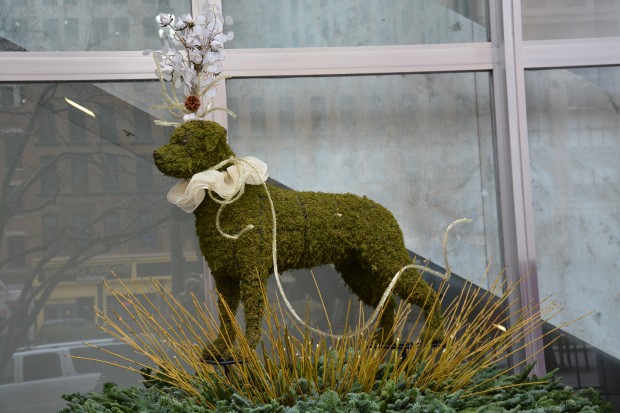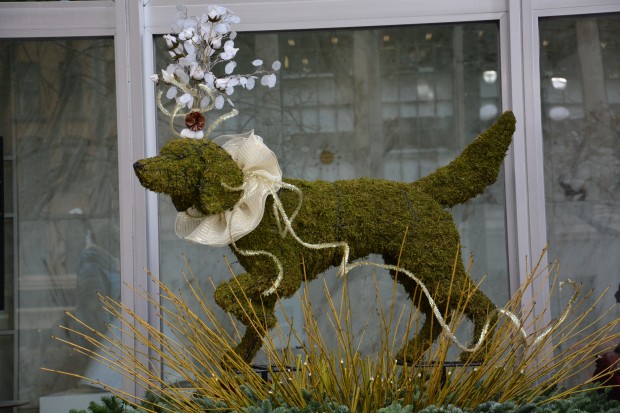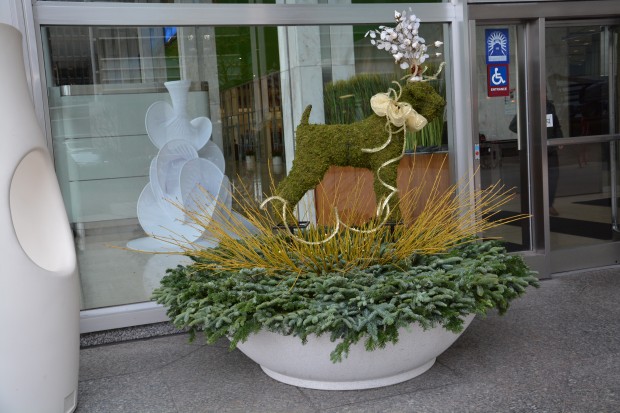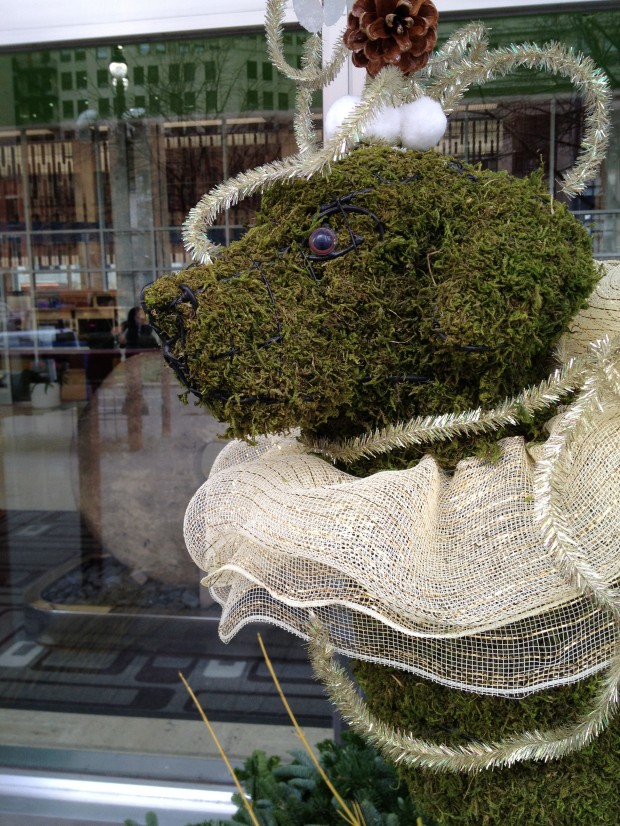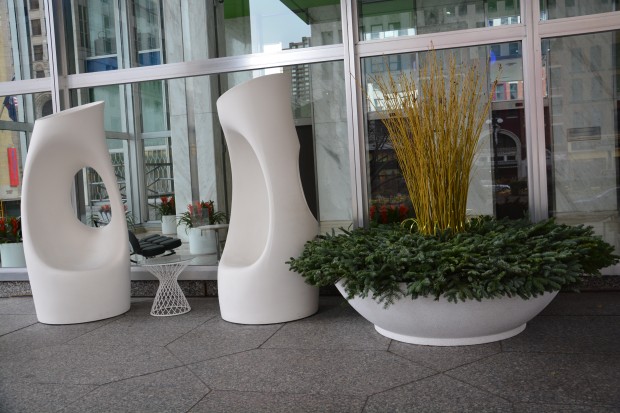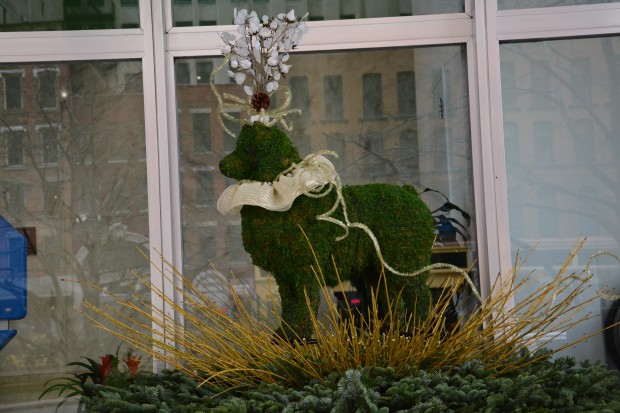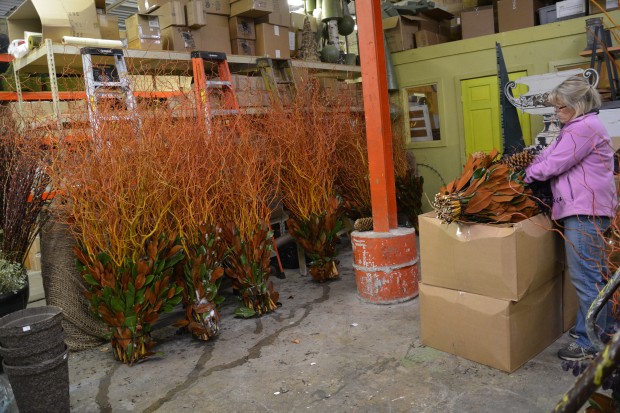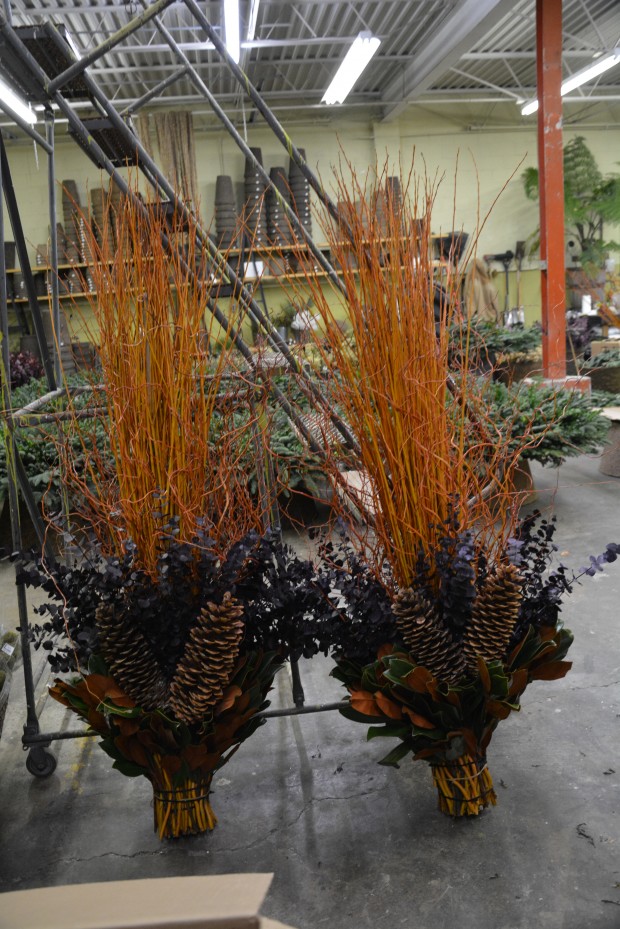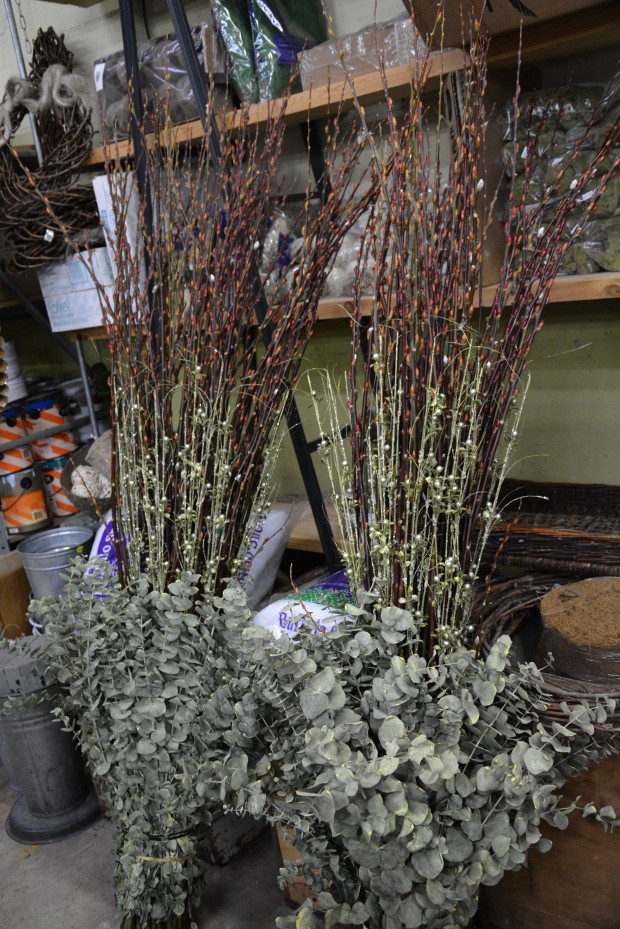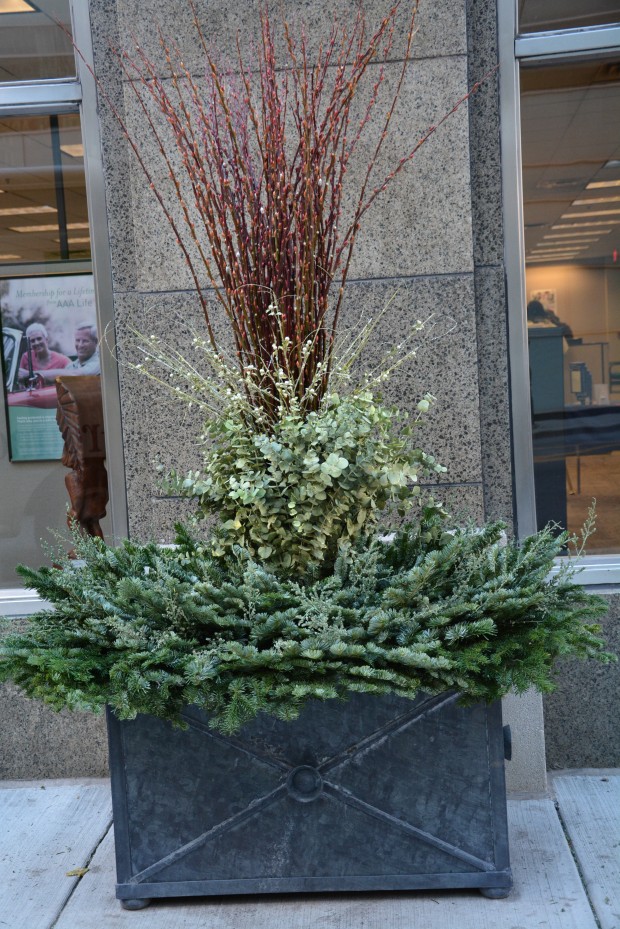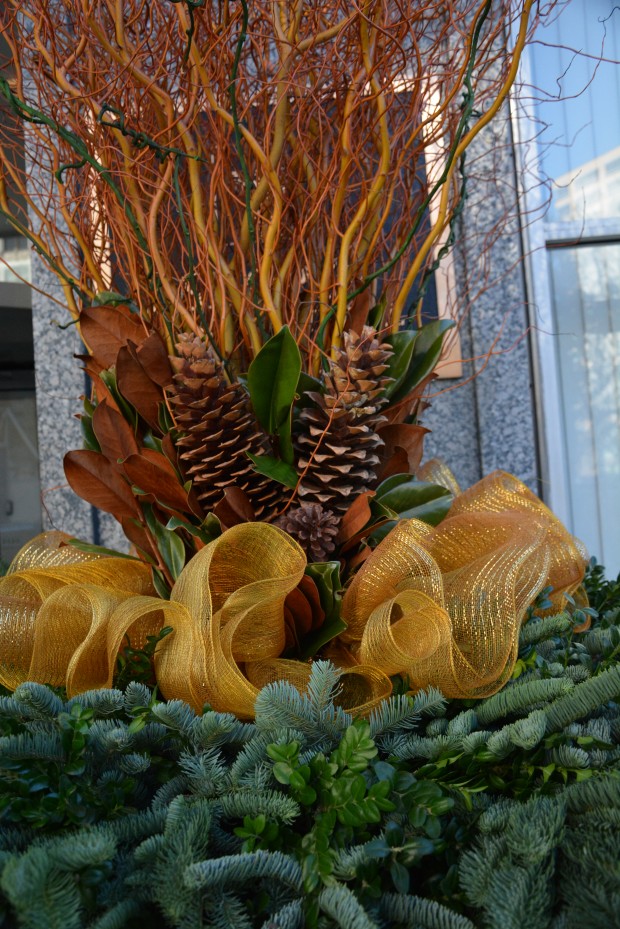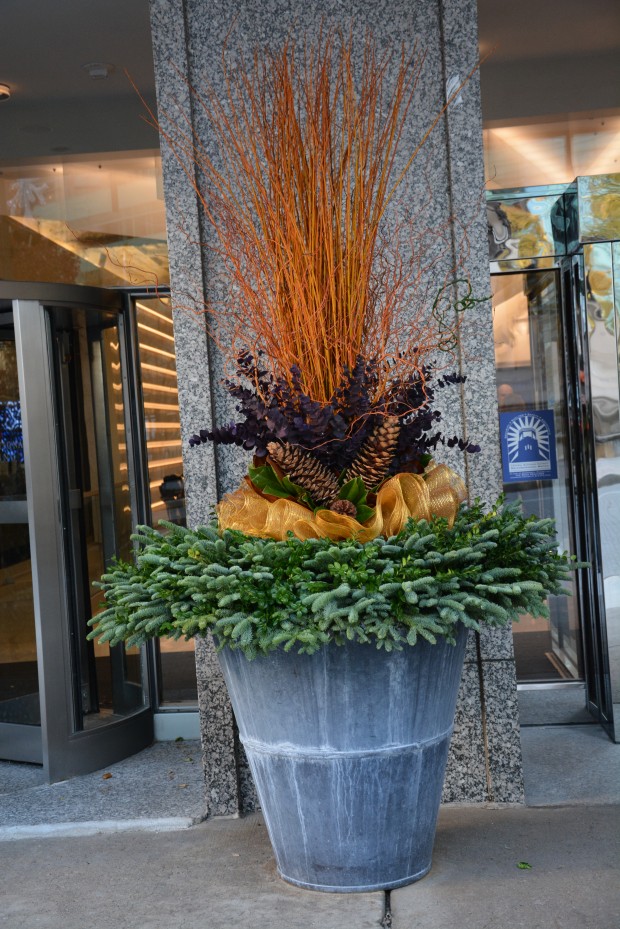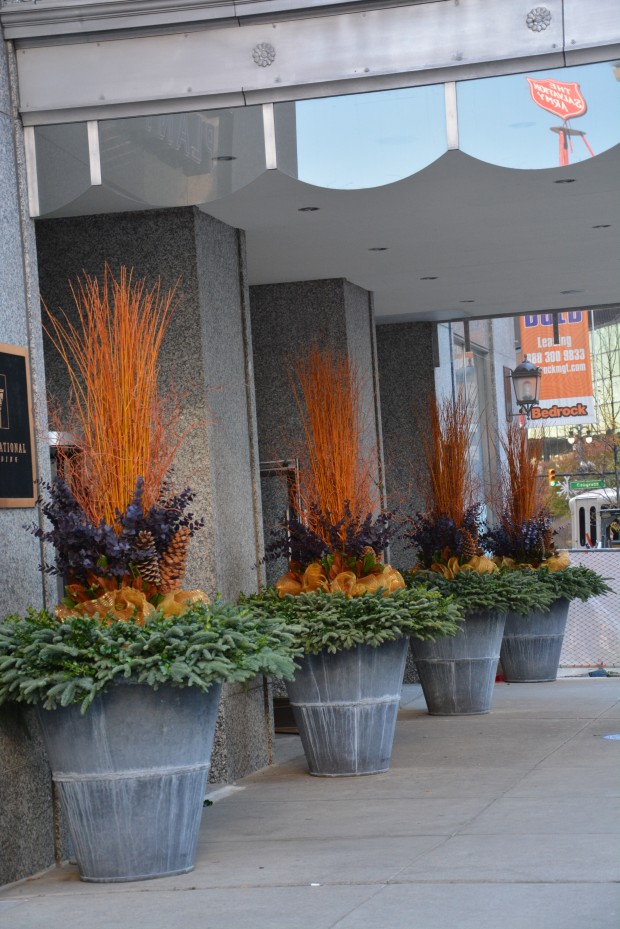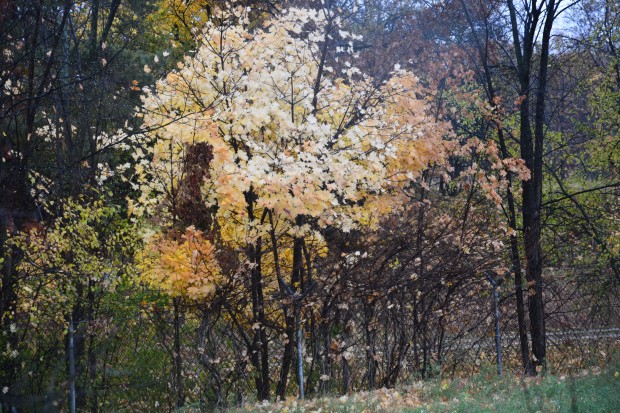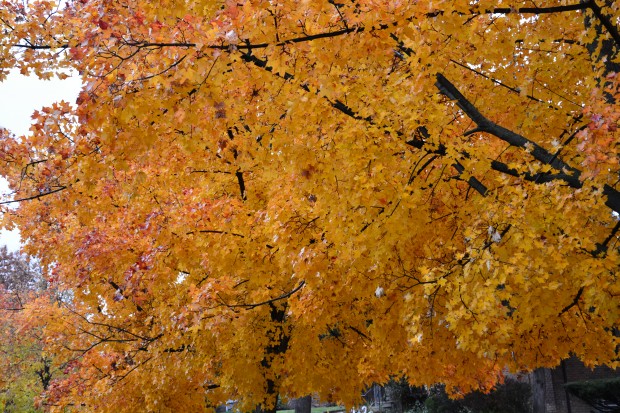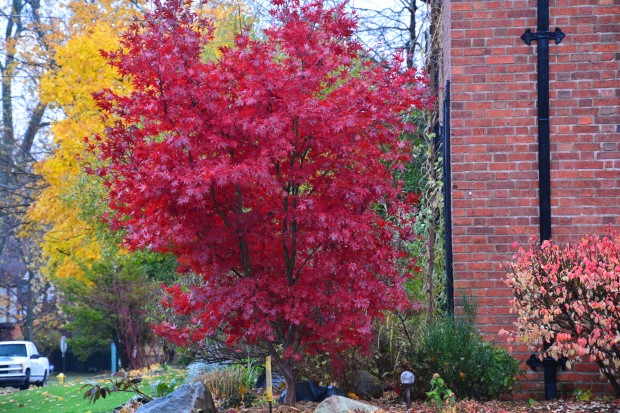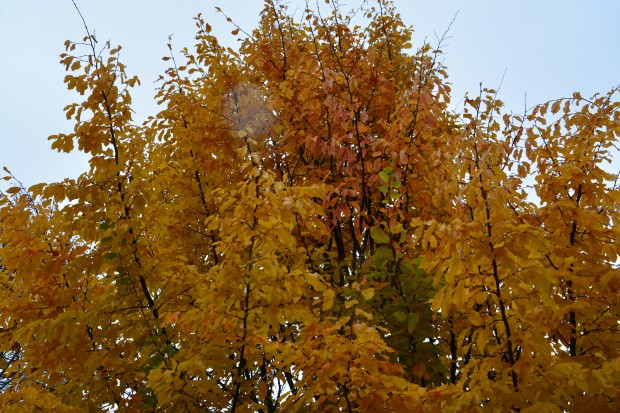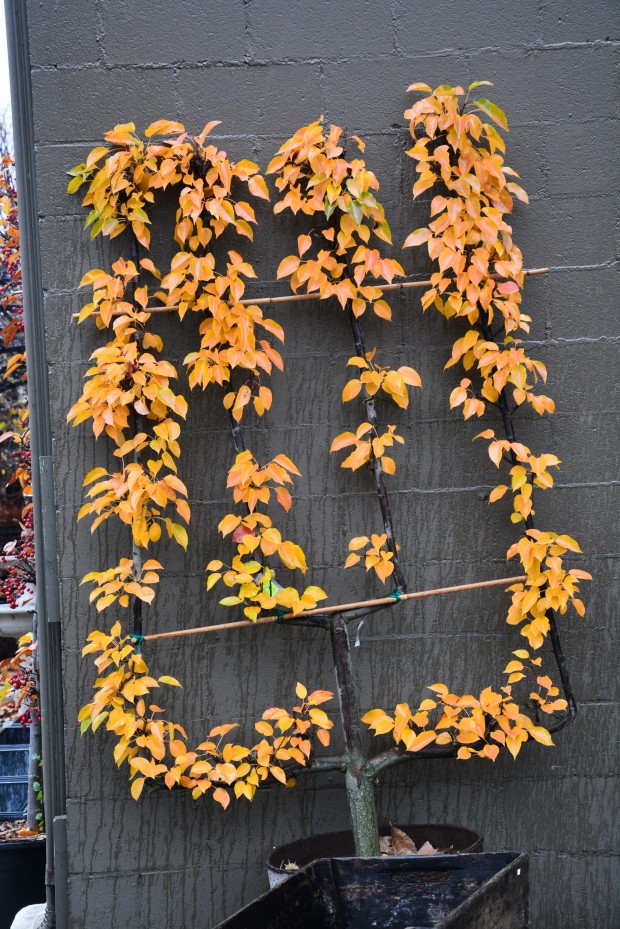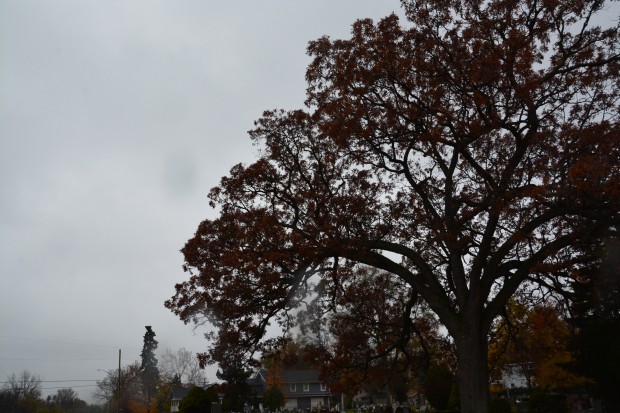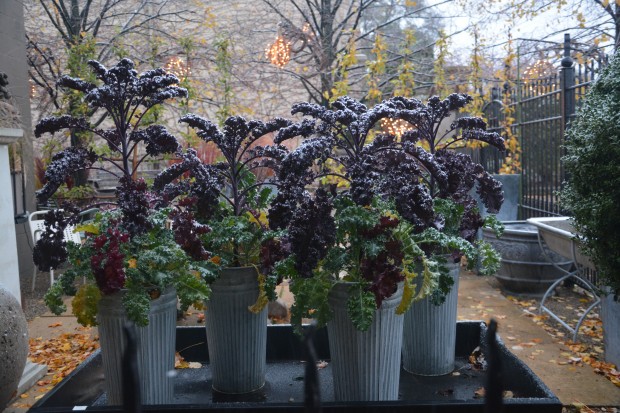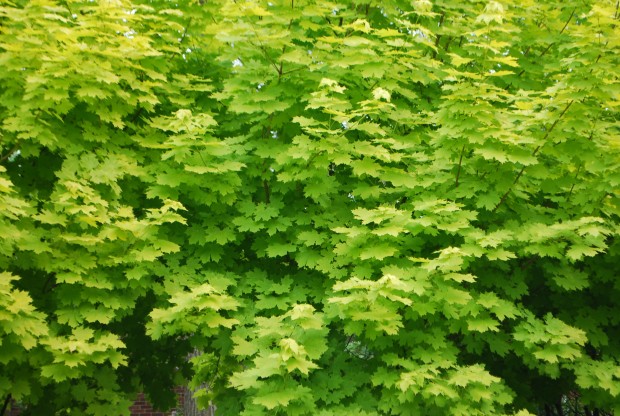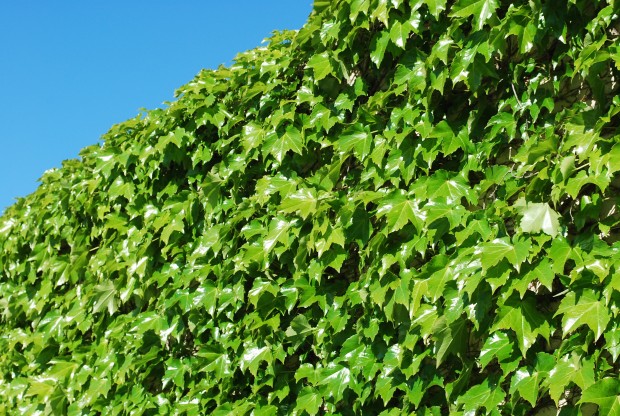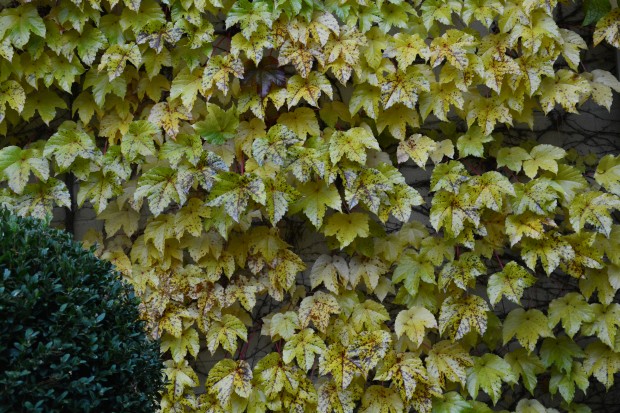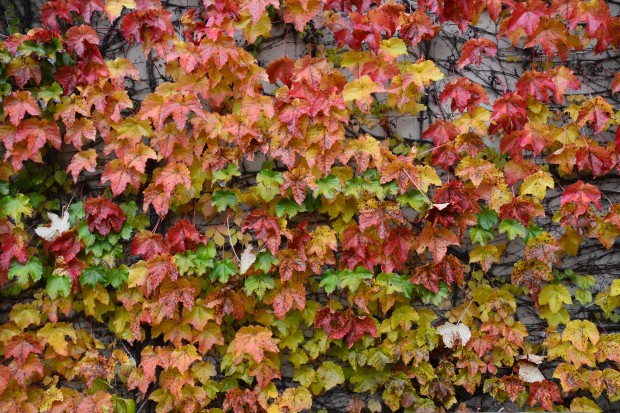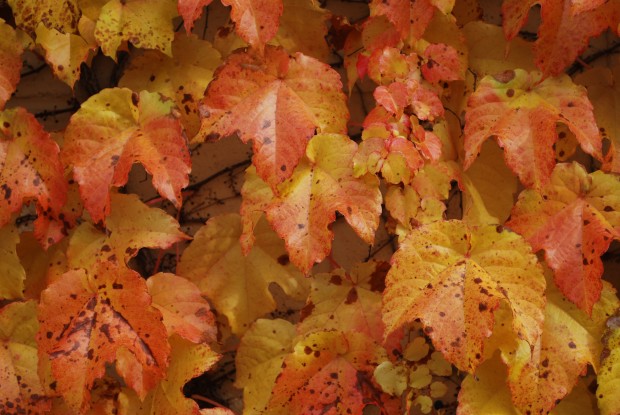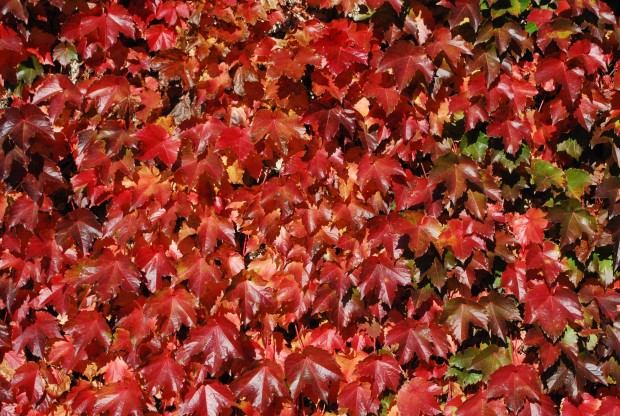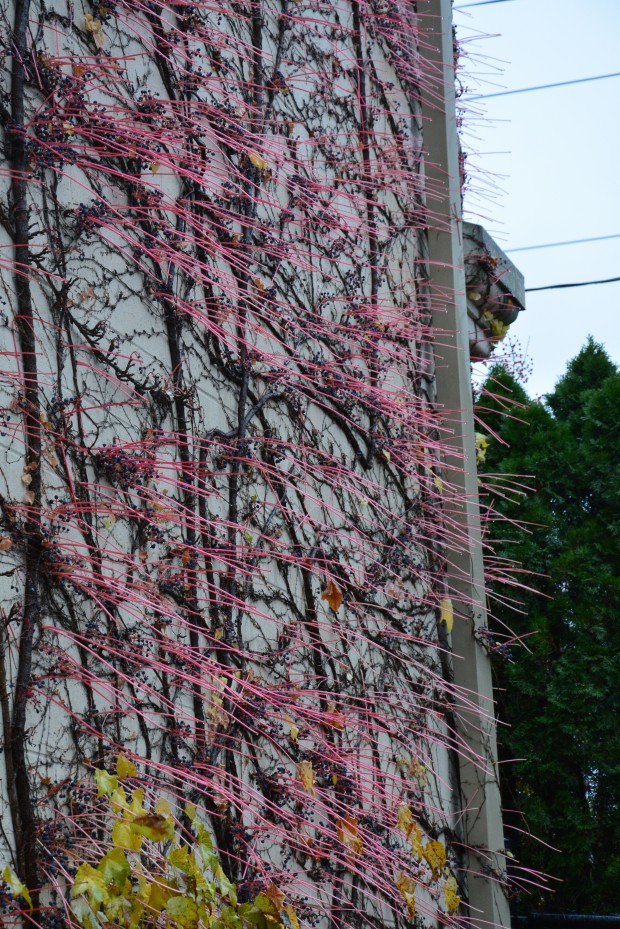My company Detroit Garden Works is in the garden ornament business. We buy and sell ornament for the garden – new, vintage, and antique and repurposed, from sources in the US and Europe. What is a garden ornament? Any object deliberately placed in a landscape or garden. This definition would include pergolas, sundials, sculptures, bird feeders, benches, trellises, staddle stones, topiary forms, grapevine or stone spheres. Fountains and water features. Found objects, fencing, topiary plants. Espaliered trees, arbors, and stone cisterns. Tables and chairs. Rain water collection barrels and boot scrapers. Containers are garden ornament. They may be handmade Italian terra cotta, or galvanized buckets. They may be old apple or tulip crates. They may be contemporary Belgian stoneware, or cast stone versions of classical garden urns. They may be lead, or steel containers from Branch. They may be concrete, or wood, or cast iron.
A garden ornament may be as modest as a gazing globe on a steel stand, or as elaborate as a waterfall and pond. No matter the subject or scale, a garden ornament makes a statement about the taste and interests of gardener in charge. The inclination to ornament or decorate a space is natural. People decorate their houses with objects that help to create that atmosphere which feels like home. How a home is furnished says something about the taste, values and priorities of the person who lives there. There may be objects treasured for their history. One person might decorate their place with art, and that art could be sculpture, or paintings, or quilts or hand painted china. Buck collects vintage doll heads, typewriters, scientific instruments, and accordions. His personal spaces are just like him, as they reflect who he is, and how he sees things.
A landscape or garden is no different. A garden endowed with ornament says something very personal about the garden maker. An ornament can infuse a landscape with an atmosphere of history, mystery, or whimsy. There are no end of gardens where roses are growing. But the garden that has roses growing in profusion over a picket fence has a much different feeling than the garden that features roses trained as single ball topiaries, planted in orangerie boxes. A 19th century cast iron bench is not just a place to sit. It is an expression of an aesthetic much different than what is created by 3 rough hewn slabs of granite assembled as a bench.
So why this discussion of decoration? Once the plants in the garden shed their leaves and go dormant, a landscape with no ornament can be bleak place indeed. I am thinking about this, as we have just begun our winter and holiday decorating. Topiary forms, arbors, and pergolas will get lights wound around them. Doorways will be festooned with garland. Containers will get winter coats and hats. Wreaths will be decorated, and hung on the front door. Lights in every shape and color will be hung from the eaves, or stuffed into the pots. A bench will get a cushion of fresh greens. The trees will be hung with grapevine and light garlands. A Japanese maple decorated with glass drops will glitter all winter long. A sundial will get a wreath boa.
As for the dogs at Chase Tower, they have a carpet of greens. The dogs look like they have just paraded through a stand of yellow twig dogwood, their leashes trailing behind them. They have topknots and collars that are one part holiday, and 2 parts winter. Is this really what was in my mind when we decorated these pots? Yes. Decorating that tells a story will have an impact. There is an amusing and charming story being told that will make the winter a little easier to bear.
I do see the decorating outdoors for the holiday and winter as a form of gardening. A trowel or garden spade is useless this time of year. The sight of them on the shelf, dusty rather than dirty, is irritating. On the other hand, a pair of pruners and a spool of good garden twine might be all the tools you need to decorate the garden for winter.
Woof!

